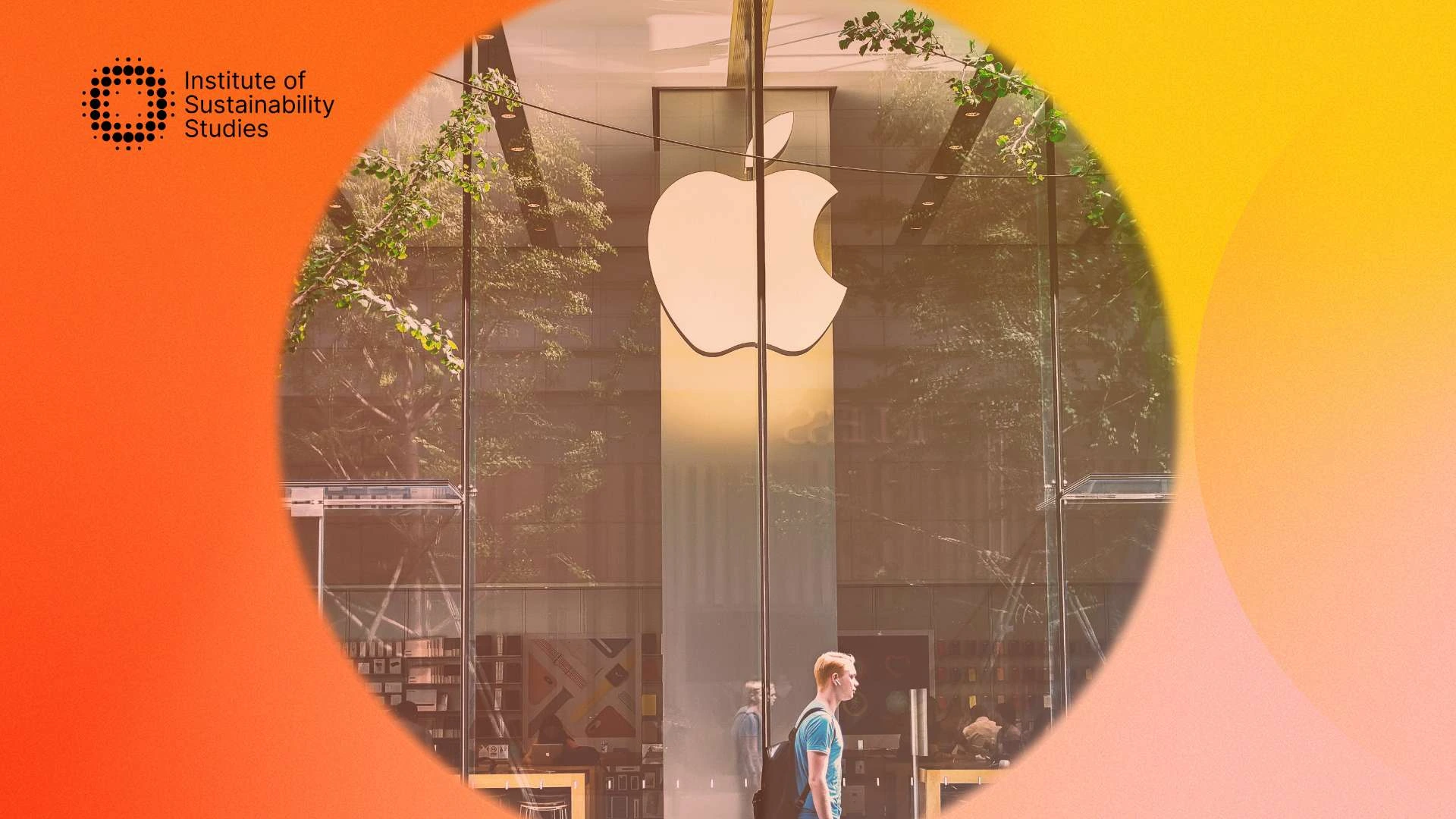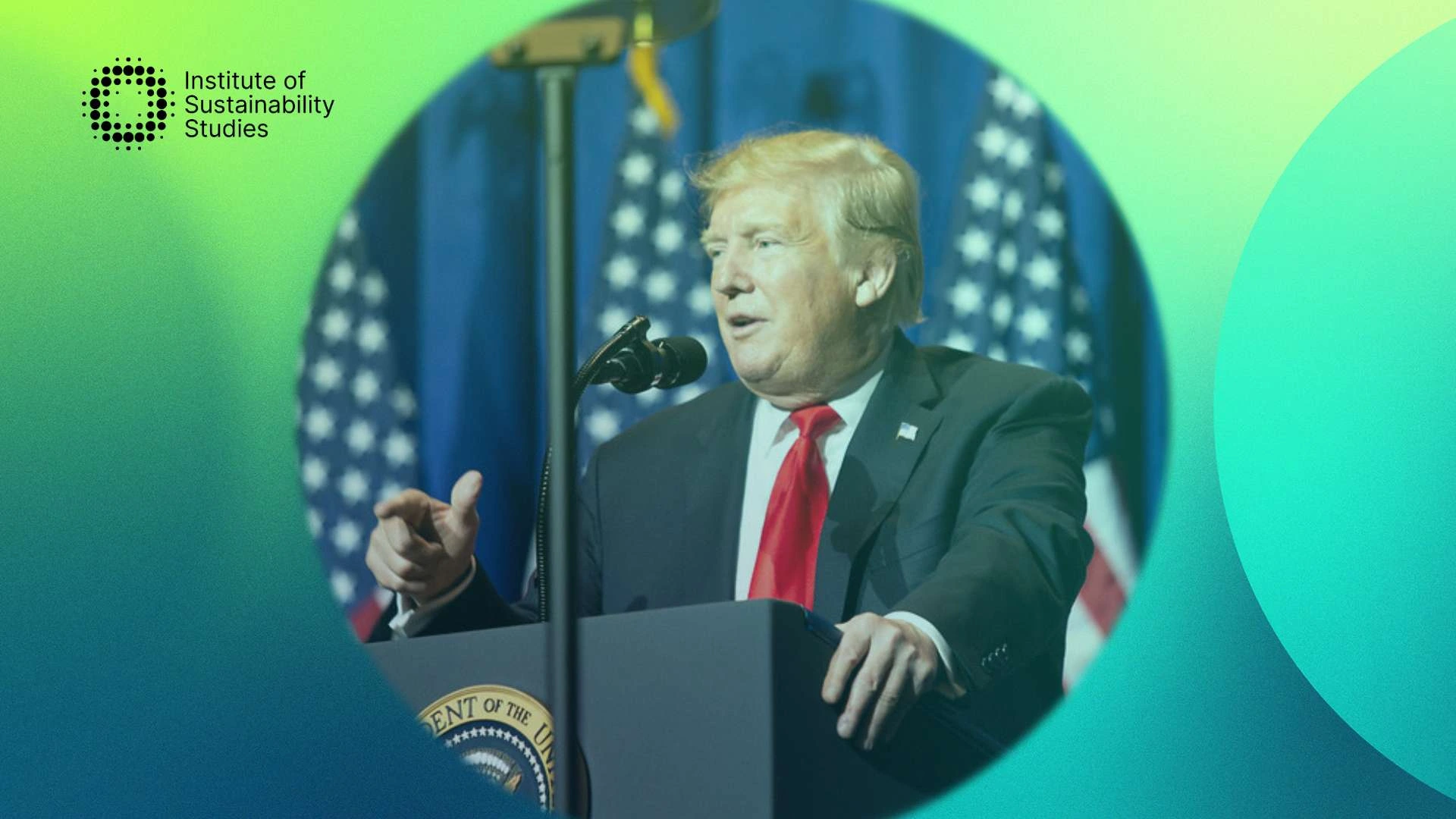For organisations of any size, climate change and the biodiversity crisis have brought mitigation to the top of the agenda. Corporate sustainability matters now for all relevant stakeholders, especially the end customer. To stay relevant in today’s market, it is crucial to play a role in mitigation. That means showing real progress in setting and reaching sustainability targets.
Alongside a dramatic shift in consumer thinking, companies must also respond to new legal obligations brought about by initiatives such as the European Green Deal. Environmental policies such as Extended Producer Responsibility (EPR) are being put in place to ensure sustainability is part of the strategy for all organizations.
Whether by choice or obligation, supporting our planet’s recovery and preventing further damage are key goals. So, what does that mean for the average business? How can companies with limited resources embed sustainability into their operations, while achieving the growth that’s vital to success?
What is mitigation?
With climate change already underway and biodiversity under threat, mitigation is the next logical step. We need to find ways to reduce the environmental impact of doing business. In that setting, collaboration is key.
The United Nations describes mitigation as a process where all countries acknowledge the link between emissions and climate change. From there, countries can work to cut emissions and enhance the ‘sinks’ where carbon is absorbed, such as forests.
According to NASA, the goal of mitigation is to stabilize greenhouse gas levels quickly enough to let ecosystems adapt to climate change, preserve food production and enable sustainable economic development.
The role of SMEs
Globally, policymakers are being encouraged to move away from unlimited linear growth models to more circular, sustainable ones. Days such as Earth Overshoot Day play a role in highlighting this new way of thinking. In that context, science based targets will determine how Earth’s resources are used, with big implications for the supply chain.
Changes are imminent at the government level and as they move along the value chain, there can be confusion around what mitigation is and what it means for smaller organizations. It is important to note that mitigation is not just relevant for large companies. Economically and emissions-wise, SMEs are hugely significant. In fact, according to OPEC, they can be a major driver of the green transition.
How can the average business respond?
If every organization in the world must support mitigation, how can SMEs respond? Luckily, some quick wins are available to them. Companies without huge budgets can put some simple measures in place.
-Look at the sourcing of raw materials. Are there affordable alternatives with less environmental impact available closer to home? Better inputs will protect biodiversity while reducing emissions from transport.
-Soaring energy costs make fuel efficiency an obvious target, with cost benefits as well as sustainability wins. Find ways to cut energy usage.
-SMEs can sponsor or contribute to the restoration of the local environment in their area.
-Internal initiatives can be put in place, such as doing away with the use of plastic coffee cups. New ideas from employees will help here, and get people on board.
It is important to take action, but also to communicate progress to relevant stakeholders. This will show commitment and build a source of new ideas to reduce both environmental impact and costs.
It may seem daunting, but once in progress, these programmes can grow. Even if larger-scale sustainability targets are out of reach, it makes sense to begin working towards them. The key for now is to get started.










